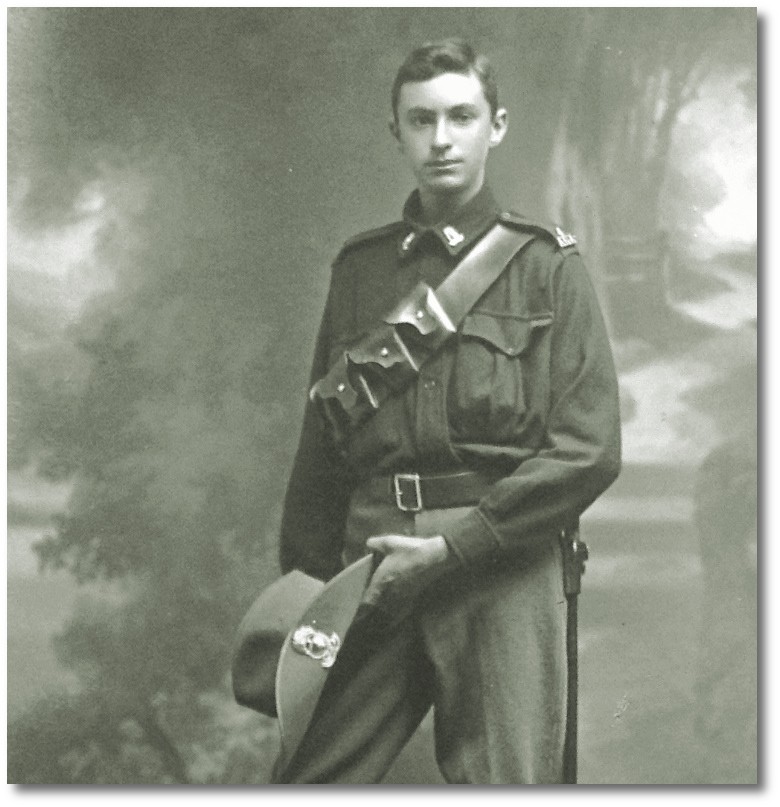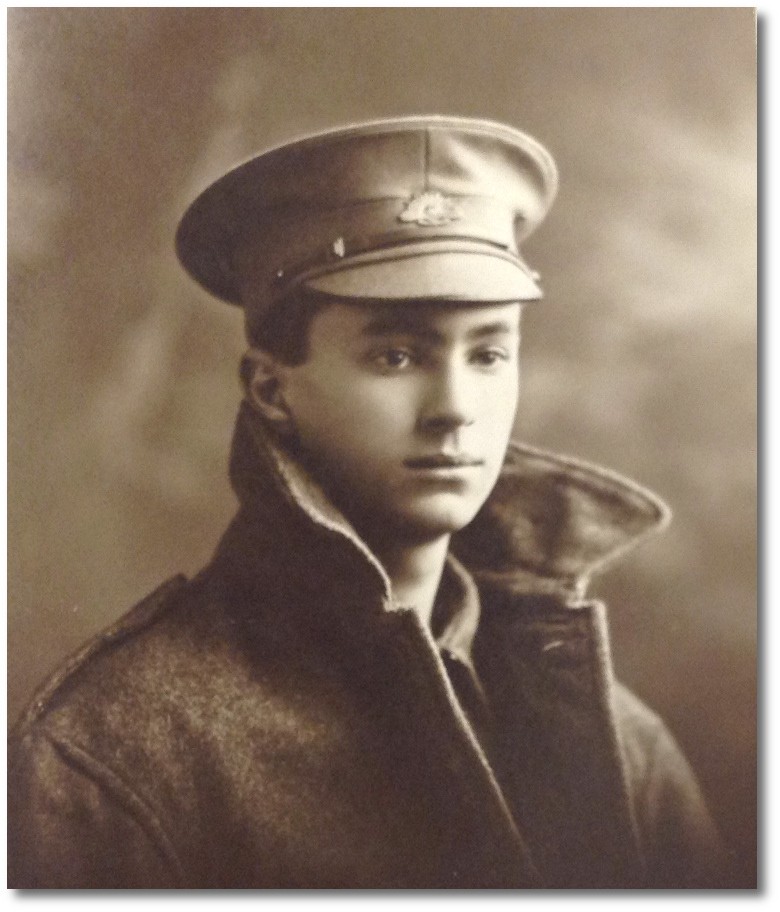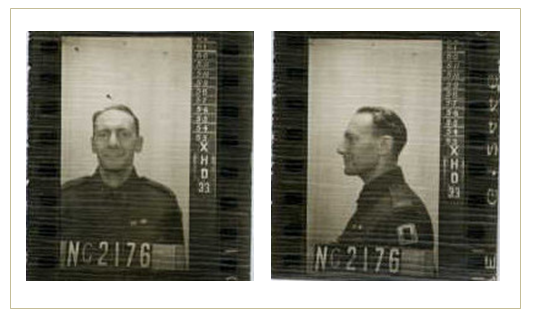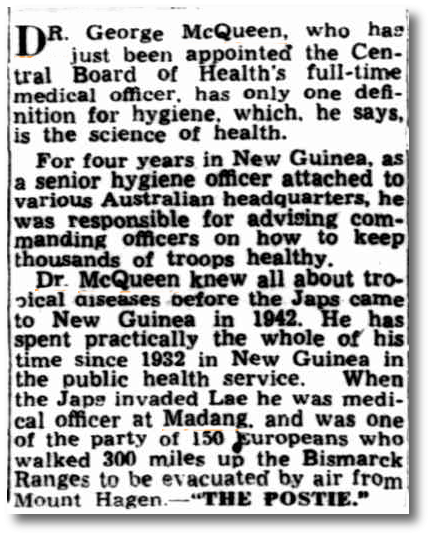On active service, Signaller Harry Sanders
By Marg Powell, Specialist Library Technician, Metadata Services | 26 February 2016

Private Sanders, Citizen Forces Garrison Artillery, 1914. 3072 Caldwell Family papers and photographs, State Library of Queensland
Edward Harold Sanders was not yet 18 when he was serving his county, in August 1914, as one of the Garrison that guarded the entrance to Sydney Harbour. In 1916 he joined his family in Brisbane and became an assistant purser onboard the SS Wyrema for the AUSN Co. Ltd.
By 1917 he had enlisted to join the 42nd Infantry Battalion and served in France, then in England as part of the 3rd Australian Division HQ staff.

Signaller Edward Harold Sanders, 42nd Infantry Battalion, 1917. 3072 Caldwell Family papers and photographs, State Library of Queensland
On his voyage to England on the transport ship Horarta, he was assigned to the gun crew, unfortunately one hand was crushed by a shell during an exercise, but this did hold him back from acting as a signaler for his unit. He was discharged medically unfit in 1920 suffering from the effects of gas poisoning, and returned to work as a customs officer for the Commonwealth of Australia.
Harry was a resident of Rabaul in 1940, when he enlisted in the New Guinea Volunteer Rifles, as the threat of invasion rose from the North. In 1941 he took over the duties of Customs Officer in the Port of Madang, continuing to act in his role with the NGVR. It was at this time that he was wounded, during the bombing of the port by the Japanese in January 1942, whilst on duty in the wharf area.

Edward Harold 'Harry' Sanders, New Guinea Volunteer Rifles, and Volunteer Coastal Patrol. Image courtesy National Archives of Australia. Service Record SANDERS EDWARD HAROLD : Service Number - NG2178.

Doctor George McQueen biographical notes. The Mail (Adelaide, SA), 6 July 1946, p4
Two photographic postcards of Harry from the First World War, were located in the Caldwell family collection, who were neighbours of his family in Brisbane. There is also a small collection of correspondence between Harry and one of the Caldwell daughters, Margaret Irene.
Harry continued to serve with the Australian Customs Service, and the Volunteer Coastal Patrol, until his retirement in the late 1950s.
Further reading:
- Service Record: Sanders, Edward Harold WW1, National Archives of Australia
- Service Record: Sanders, Edward Harold WW2, National Archives of Australia
- The Mail (Adelaide, SA) 6 July 1946, page 4
- Conservation, Testing and Operating an Eddystone ‘All World Two’ by Gerry O'Hara and Ian McQueen
- 3072 Caldwell Family papers and photographs, State Library of Queensland
Comments
Your email address will not be published.
We welcome relevant, respectful comments.